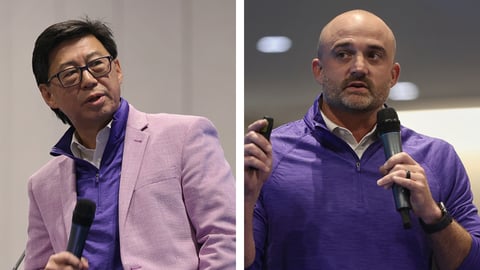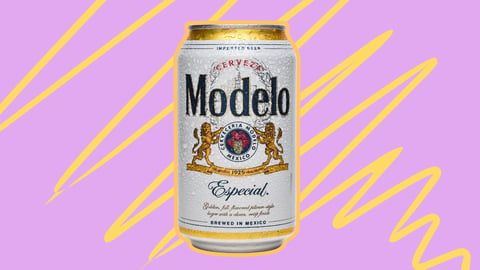What Counts Most for CPG Leaders? Social Skills and Pricing Science
What do L’Oreal Group and Prime have in common? Despite their dramatic differences in everything from annual revenue to corporate structures, they both prove that your teachers were right: Social skills matter when being a leader.
That’s according to data providers and consultants IRI and Boston Consulting Group (BCG), which named both companies as victors in their annual CPG Growth Leader Study in no small part due to their supreme skills of leveraging social engagement to drive brand growth.
L’Oreal Group was third on the list of large companies, while hydration beverage company Prime took the top spot for small companies.
- See also: L'Oréal Preps for the Future With Metaverse Incubator and AI- and Data-Powered Beauty Science
The study, which analyzes the growth performance of both public and private CPGs, cited a number of key factors in their social success. Specifically pointing to L’Oreal Group’s CeraVe skincare brand, the firms note that while it’s widely available at retail, its ability to tap into the YouTube and TikTok influencer skincare tutorial trend contributed to U.S. sales more than tripling since 2019 to $1 billion.
L’Oreal Group, which took the No. 14 spot on the CGT Top 100 Consumer Goods Companies ranking in 2022, has also successfully leveraged social media reviews of the CeraVe brand to drive authentic engagement with Gen Z consumers.
Prime, meanwhile, rocketed into consumers’ hands through wildly popular Instagram and TikTok engagement via founders KSI and Logan Paul. By using this social momentum to rapidly scale share of voice and brick-and-mortar distribution, the beverage company grew its portfolio to reach an estimated $100 million in retail sales, according to the report.
Growth Factors
CPG omnichannel sales grew 8.4% in 2022, according to the study, driven primarily by higher prices rather than volume (though volume remained elevated vs. three years ago on an aggregate basis, the study notes). Though CPG growth accelerated on an overall basis, with all size segments growing high single digits or double digits, smaller brands continued to accelerate and take share from their larger counterparts.
Indeed, effective promotions and marketing played key roles in success in 2022, with winners benefitting from not only impactful digital and social go-to-market capabilities, but also the use of technology to strategically set shelf prices and reduce promotions.
Among the pieces of advice offered by the firms to succeed in 2023:
- Build forward-looking analytics to de-average pricing actions, including with artificial intelligence.
- Use demand science to identify pockets of category growth and portfolio relevance for post-pandemic consumer needs, particularly within self-care, pet care, and indulgence.
- Build supplier flexibility through management systems that increase direct cost control and use predictive demand forecasting.
- Develop the digital and social native marketing capabilities required to reach today’s younger consumers who engage across retail channels in new ways.





